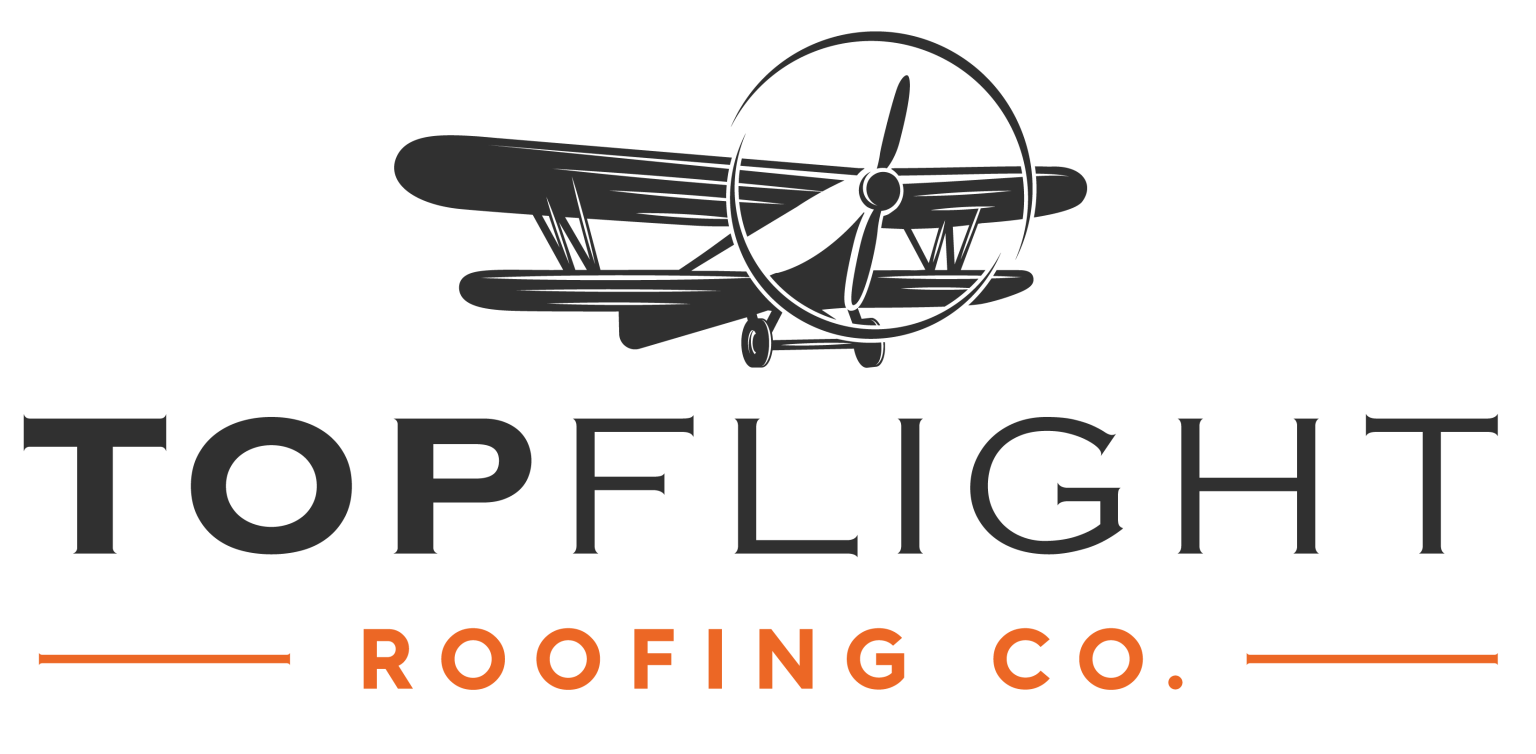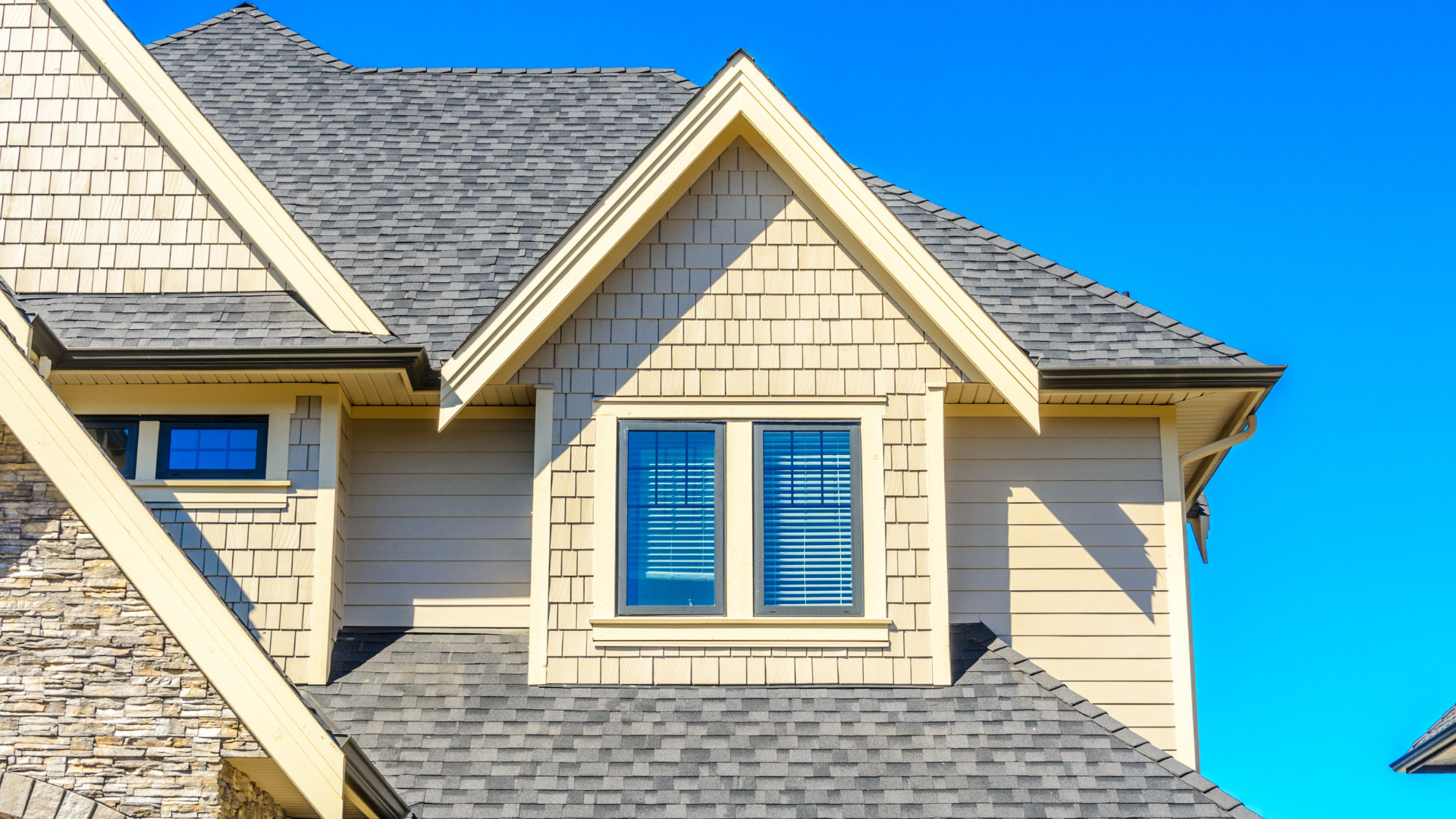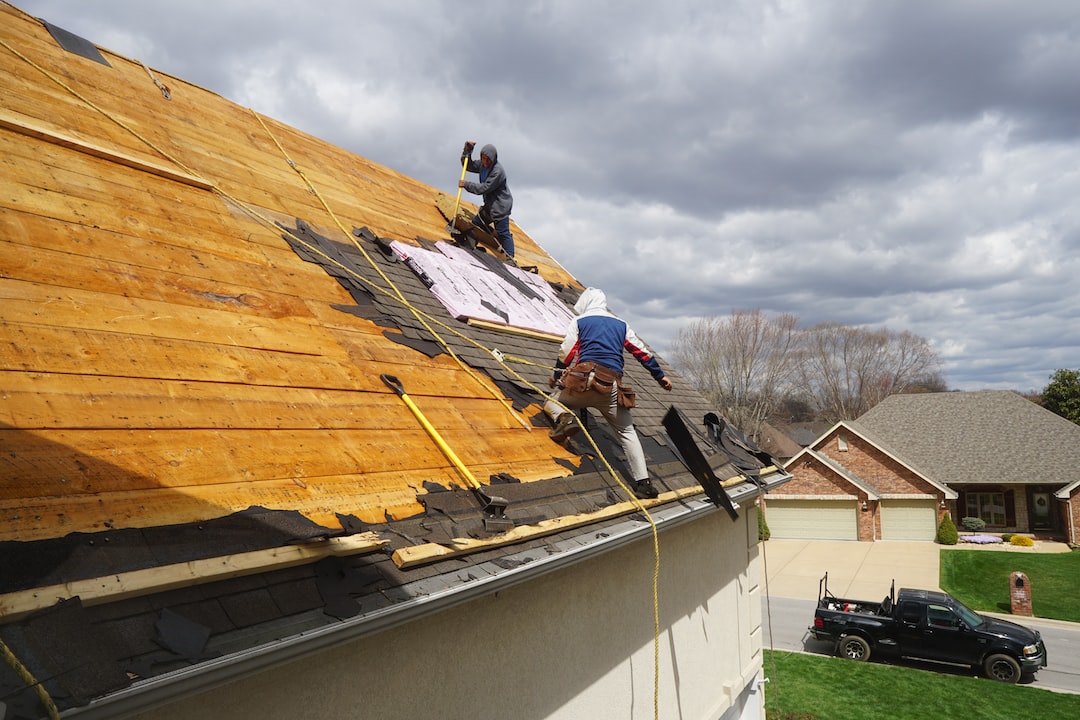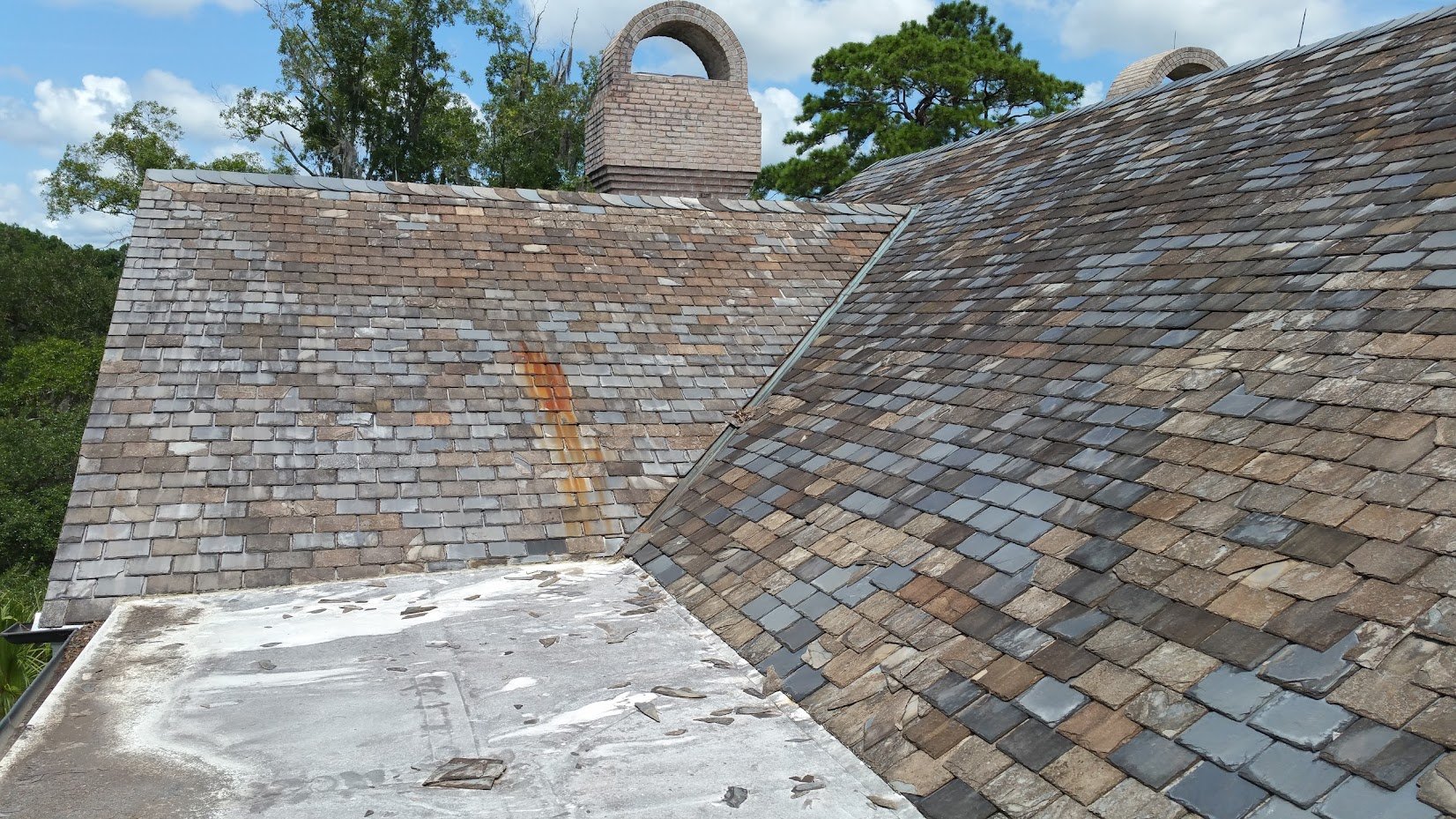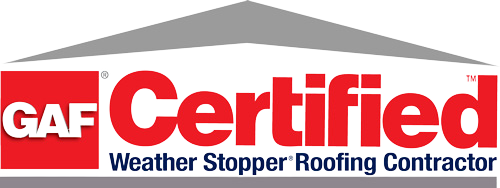In the quest for a more energy-efficient home, many homeowners overlook one crucial factor that can significantly influence their energy bills and indoor comfort levels: the color of their roof. While it might seem like a minor detail, the choice of roof color can play a pivotal role in a home’s energy efficiency, affecting how much heat is absorbed or reflected away from your living space. In this comprehensive guide, we will delve into the fascinating science behind roof color and its impact on energy efficiency, offering insights and advice for making the best choice for your home.
Understanding Energy Efficiency in Homes
Energy efficiency in homes is essentially about maximizing comfort while minimizing energy consumption and costs. An energy-efficient home keeps the desired indoor temperature with less reliance on heating and cooling systems, leading to lower utility bills and a smaller carbon footprint. Several factors contribute to a home’s energy efficiency, including insulation quality, window types, and, notably, the materials and colors used in roofing. Each of these elements plays a significant role in how energy is used and conserved within the home, making it crucial for homeowners to consider them in their energy efficiency plans.
The roofing, in particular, is often underestimated in its ability to affect a home’s thermal regulation. As the barrier between your indoor environment and the external weather conditions, your roof’s material and color can significantly influence how much heat is absorbed from the sun or reflected back into the atmosphere. This absorption and reflection directly impact the amount of energy required to maintain comfortable indoor temperatures, especially during peak summer and winter months.
The Science Behind Roof Color and Temperature Regulation
Different colors absorb or reflect sunlight to varying degrees due to their inherent properties. Darker colors tend to absorb more sunlight, converting it into heat, while lighter colors reflect more sunlight, keeping surfaces cooler. This phenomenon is grounded in the basic principles of thermal emittance and solar reflectance. Thermal emittance refers to a material’s ability to release absorbed heat, while solar reflectance is the measure of how much solar energy is reflected by a surface rather than absorbed.
Cool roofs are designed with materials that reflect more sunlight and emit more absorbed heat than standard roofs, leading to lower roof temperatures. These roofs are especially beneficial in hot climates, where they can significantly reduce cooling demands inside the home. By understanding these scientific principles, homeowners can make informed decisions about roof color and material to enhance their home’s energy efficiency.
How Roof Color Affects Energy Efficiency
The color of your roof can have a profound impact on your home’s energy efficiency. Light-colored roofs reflect more sunlight and absorb less heat than dark-colored roofs, leading to cooler attic spaces and, consequently, cooler indoor temperatures during hot weather. This can result in significant savings on air conditioning costs and improve indoor comfort. Conversely, in colder climates, a darker roof may be beneficial as it absorbs more heat from the sun, potentially reducing heating costs during the winter.
Regional considerations are crucial when choosing the right roof color for energy efficiency. In sunny and hot regions, a light-colored roof can help keep your home cooler and reduce energy consumption. In cooler climates, a dark roof might help trap heat and reduce heating demands. However, it’s important to balance energy efficiency considerations with aesthetic preferences and any homeowners’ association (HOA) rules that may dictate roof color choices.
Additional Benefits of Choosing the Right Roof Color
Beyond the direct impact on energy bills and indoor temperature regulation, selecting an energy-efficient roof color can offer several other benefits. Lighter roofs can contribute to a reduction in the urban heat island effect, a phenomenon where urban areas become significantly warmer than their rural surroundings due to human activities. By reflecting more sunlight, these roofs help keep urban areas cooler. Additionally, energy-efficient roofs often qualify for rebates and incentives from government and energy companies, providing financial benefits to homeowners who make environmentally friendly choices.
Furthermore, energy-efficient roofing materials, including those optimized for solar reflectance, can extend the lifespan of your roof. By absorbing less heat, these materials undergo less thermal stress, reducing wear and tear over time. This not only contributes to lower maintenance and replacement costs but also promotes sustainability by reducing the demand for roofing materials and the associated environmental impact.
Choosing the Right Roof Color for Your Home
When selecting the right roof color for energy efficiency, consider your local climate and the orientation of your house. Homes in sunny climates benefit from lighter roofs, while homes in cooler climates may find darker roofs more advantageous. However, energy efficiency is just one factor in this decision. Aesthetics, existing architectural styles, and neighborhood norms should also be considered to ensure your home remains appealing and compliant with any HOA regulations.
Before making a decision, it’s wise to consult with roofing professionals or energy auditors who can provide personalized advice based on your home’s specific conditions. These experts can help assess how different roof colors might affect your energy costs and suggest the best options for your situation. Additionally, exploring new roofing technologies, such as solar reflective coatings, can offer further energy savings and environmental benefits.
Beyond Color – Other Roofing Choices That Affect Energy Efficiency
While color is a significant factor, other roofing choices also influence energy efficiency. Materials such as tile, metal, and certain types of shingles can offer better thermal performance and reflectivity than others. Proper insulation and ventilation in the attic are also crucial for maintaining energy efficiency, as they help regulate temperature and prevent heat from being trapped inside the home.
Emerging roofing technologies, including photovoltaic solar panels and green roofs, present additional opportunities for homeowners to enhance their energy efficiency. These options not only contribute to lower energy bills but also support broader environmental goals by reducing dependence on fossil fuels and promoting sustainable living practices.
Choosing the right roof color is a crucial decision for homeowners looking to enhance their home’s energy efficiency. By understanding the science behind roof color and temperature regulation, considering regional climate conditions, and exploring additional energy-efficient roofing options, homeowners can significantly reduce their energy consumption and environmental footprint. However, navigating the options and making the best choice for your home can be challenging. This is where professional advice becomes invaluable.
If you’re considering a new roof or looking to make your home more energy-efficient, reach out to Apex Roofing Pros. Our team of experts can guide you through the process, ensuring that your roof not only looks great but also contributes to lower energy bills and a more comfortable home. Contact us today to learn more about how we can help you make the best roofing choices for energy efficiency and beyond.
